If you’re a fan of sweet, tangy, and nutrient-packed berries, you’ll love adding edible honeysuckle berries — also known as honeyberries (Lonicera caerulea) — to your garden. Native to cool temperate regions of the Northern Hemisphere, these attractive, hardy shrubs produce elongated blue berries that resemble small oblong blueberries and offer a unique, tart-sweet flavor perfect for fresh eating, jams, pies, and preserves.
In this detailed guide, we’ll explore everything you need to know about growing edible honeysuckle berries, from selecting the right variety to planting, caring for, and harvesting your berries for the best possible results.

Why Grow Edible Honeysuckle Berries?
Honeysuckle berries have gained popularity in recent years as gardeners and foragers alike discover their versatility and ease of cultivation. Here’s why you might want to grow them:
- Cold-hardy: Tolerant of freezing temperatures down to -40°F, perfect for northern climates.
- Early harvest: Often one of the first berries to ripen in spring.
- Nutrient-rich: Packed with antioxidants, vitamin C, and fiber.
- Low-maintenance: Minimal pest issues and easy care requirements.
- Pollinator-friendly: Their spring blooms attract bees and beneficial insects.
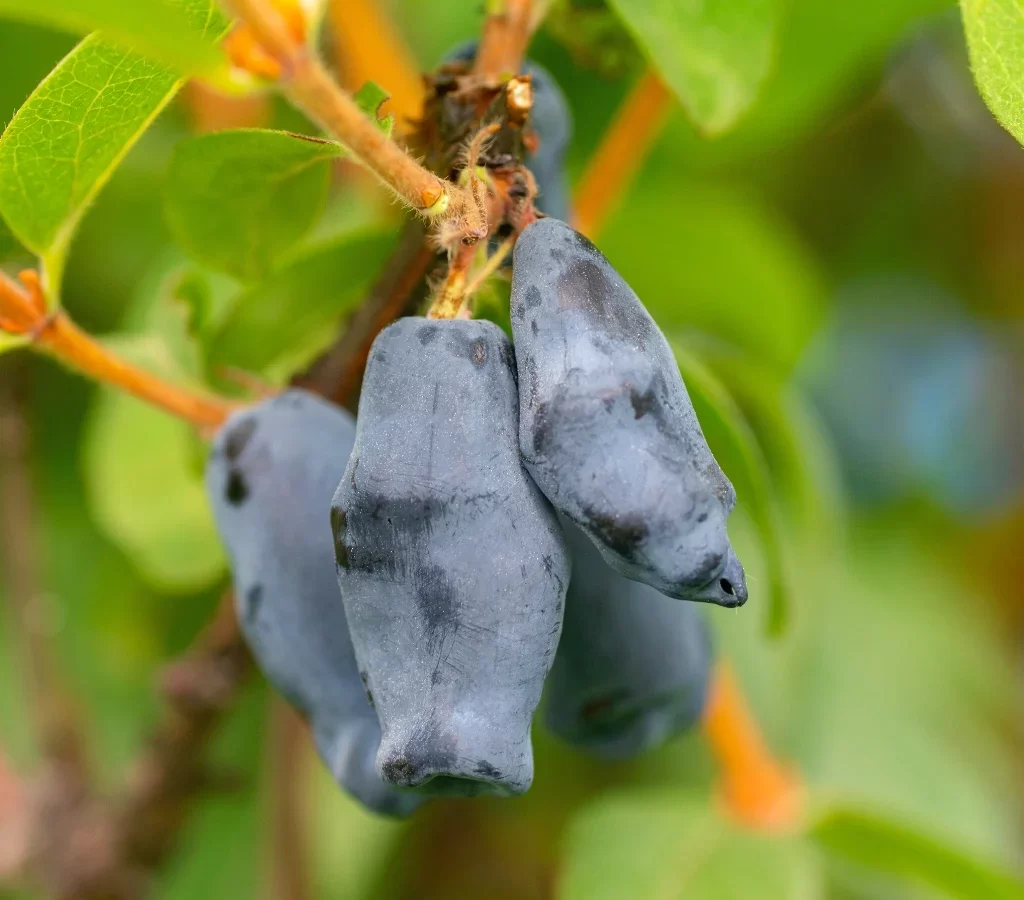
Best Honeysuckle Berry Varieties to Grow
Before you start planting, it’s important to choose varieties suited to your region and taste preferences. While honeysuckle berries are native to regions like Siberia, Japan, and Canada, many improved cultivars are now available.
Popular Varieties:
- ‘Blue Velvet’: Tart-sweet flavor with attractive blue-green foliage.
- ‘Borealis’: Known for large, juicy berries and excellent cold hardiness.
- ‘Honey Bee’: An ideal pollinator variety with a high berry yield.
- ‘Indigo Gem’: Compact growth and sweet-tart flavor, perfect for small gardens.
- ‘Tundra’: Hardy and reliable with firm berries ideal for fresh eating and baking.
Tip: Plant at least two different compatible varieties for cross-pollination, as honeysuckle berries are not self-pollinating.
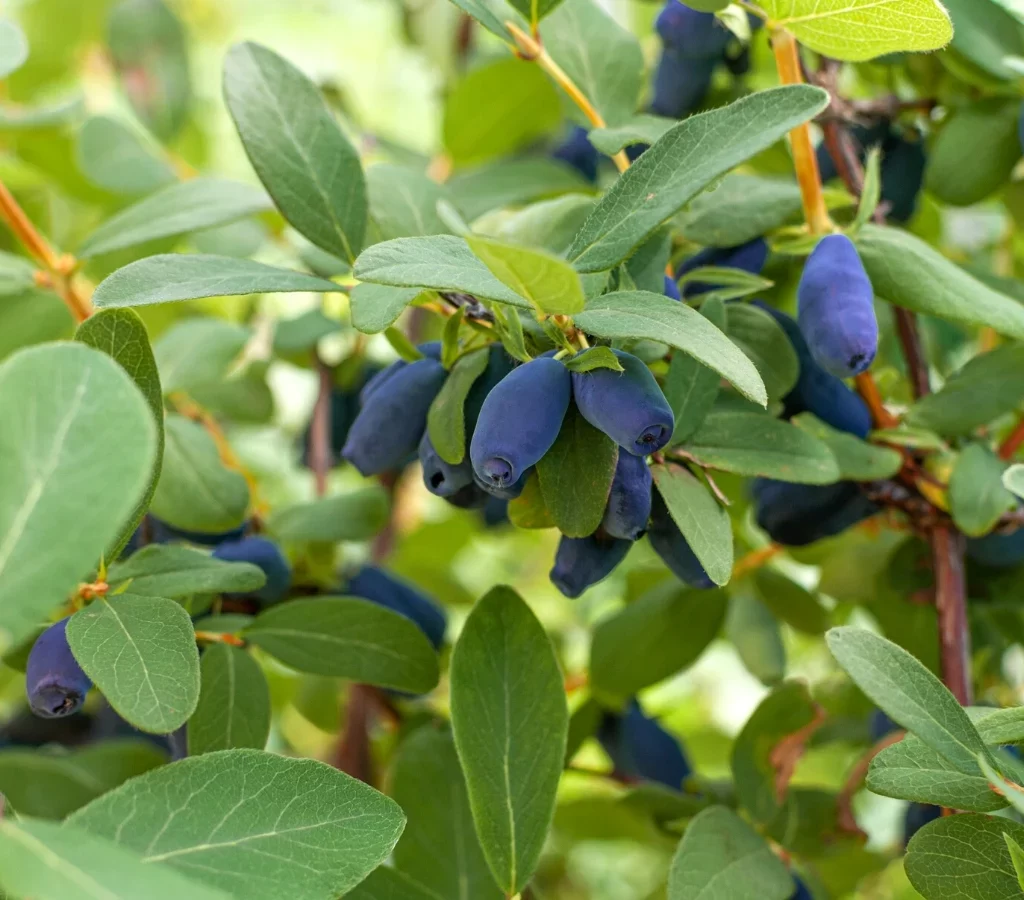
Choosing the Right Planting Site
To produce the best harvest, honeysuckle berries need an appropriate location and soil conditions:
- Sunlight: Choose a spot with full sun to partial shade. At least 6 hours of direct sunlight daily ensures optimal berry production.
- Soil: Well-drained, slightly acidic to neutral soil (pH 5.5 to 7.0).
- Drainage: Avoid soggy, heavy clay areas, as standing water can cause root rot.
- Airflow: Good air circulation around plants reduces disease risk.
Amend heavy or nutrient-poor soils with compost, well-aged manure, or peat moss to improve fertility and texture.
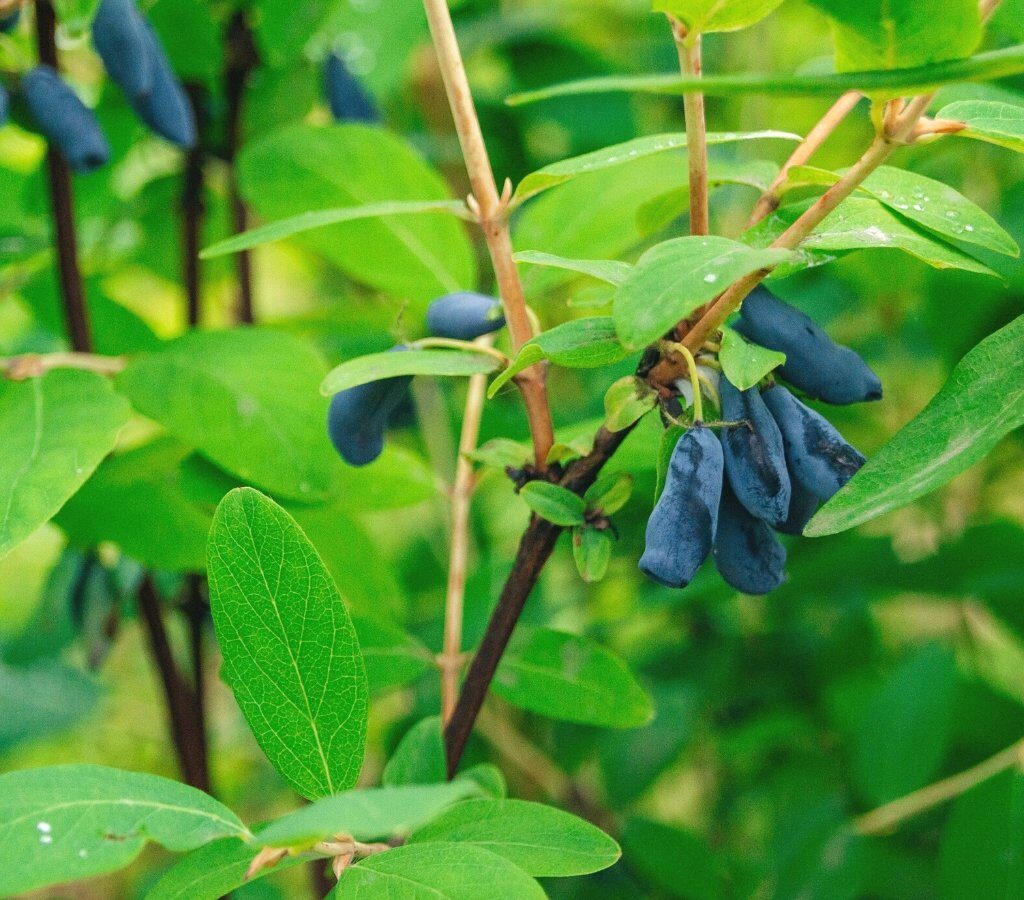
When and How to Plant Honeysuckle Berries
Timing:
- Early spring or fall is the best time to plant, allowing roots to establish before extreme temperatures.
Planting Steps:
- Prepare the soil by loosening it to a depth of 12 inches and incorporating compost.
- Dig a hole twice as wide and as deep as the plant’s root ball.
- Space plants 4-6 feet apart for optimal growth and airflow.
- Set the plant in the hole so the top of the root ball is level with the soil surface.
- Backfill with soil, pressing down gently to eliminate air pockets.
- Water thoroughly after planting.
Pro Tip: Mulching with 2-3 inches of straw, shredded leaves, or wood chips helps retain moisture, suppress weeds, and regulate soil temperature.
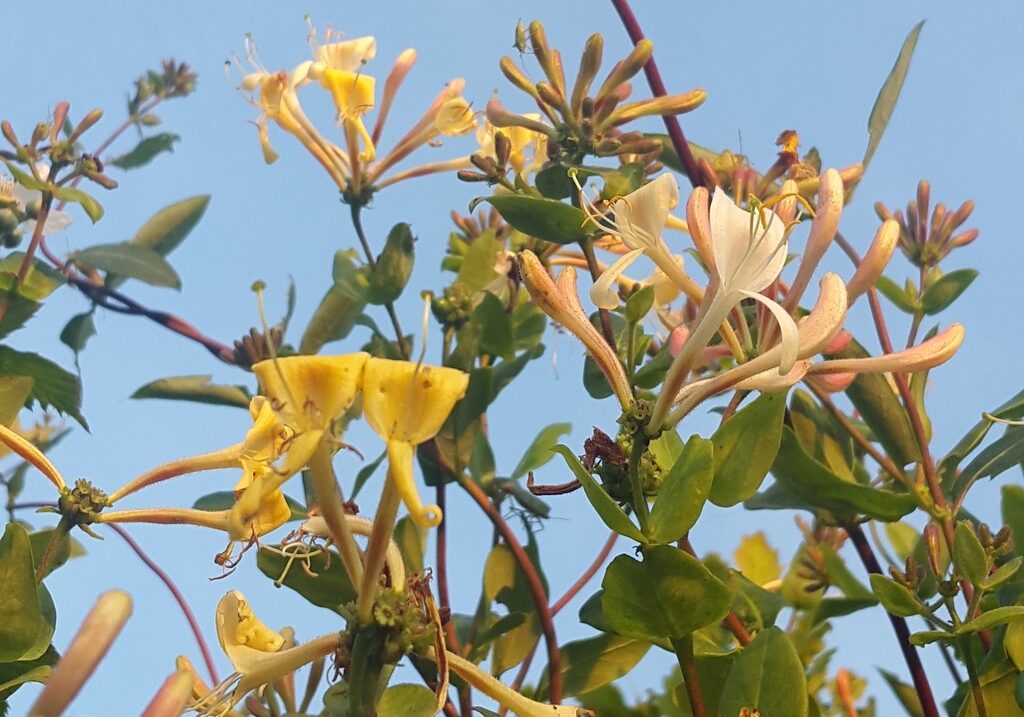
Caring for Your Honeysuckle Berry Plants
Watering:
- Keep soil consistently moist, especially during flowering and fruit development.
- Provide about 1-1.5 inches of water per week.
- Avoid overwatering or allowing soil to dry out completely.
Fertilizing:
- In early spring: Apply a balanced 10-10-10 fertilizer or compost around the base of the plants.
- Avoid excessive nitrogen, which promotes leafy growth at the expense of fruit.
Pruning:
- Prune plants in late winter or early spring before new growth starts.
- Remove dead, damaged, or weak stems.
- Thin out overcrowded branches to improve airflow and light penetration.
- Mature plants (3+ years old) benefit from cutting back about one-third of older wood annually to encourage new, productive growth.
Common Pests and Diseases
Honeysuckle berries are generally low-maintenance, but watch for occasional issues:
Pests:
- Aphids: Can be controlled with insecticidal soap or a strong water spray.
- Japanese beetles: Hand-pick or use neem oil sprays if infestations occur.
- Birds: Netting or scare devices like reflective tape deter birds from stealing ripening berries.
Diseases:
- Powdery mildew: Prevent by ensuring good airflow and watering at soil level.
- Leaf spot: Remove affected leaves and avoid overhead watering.
Good garden hygiene and proper spacing greatly reduce the risk of disease.
Harvesting Honeysuckle Berries
Honeysuckle berries typically ripen from late May to early July, depending on the variety and local climate.
How to Harvest:
- Berries are ready when they turn a deep blue or purple and feel soft to the touch.
- Taste-test a few — ripe berries have a balanced, sweet-tart flavor.
- Harvest gently by hand to avoid bruising delicate fruits.
Note: Honeysuckle berries often ripen unevenly, so plan on multiple harvests over a two to three-week period.
Storing and Using Honeysuckle Berries
Storage:
- Fresh: Store unwashed berries in a breathable container in the refrigerator for up to one week.
- Frozen: Wash, dry, and spread berries in a single layer on a baking sheet to freeze before transferring to freezer bags.
- Preserved: Make jams, jellies, or syrups to enjoy their flavor year-round.
Culinary Uses:
- Fresh eating
- Jams and jellies
- Smoothies
- Pie fillings
- Syrups and sauces
- Baked goods like muffins and tarts
Their flavor pairs well with lemon, vanilla, and other berries like blueberries or raspberries.
Propagating Honeysuckle Berries
If you’d like to grow more plants, honeysuckle berries are easily propagated via:
Softwood Cuttings:
- In early summer, take 4-6 inch cuttings from new growth.
- Remove lower leaves and dip in rooting hormone.
- Plant in moist, well-drained soil or sand.
- Keep in a shaded area until rooted, then transplant to the garden.
Hardwood Cuttings:
- In late fall, take 6-8 inch cuttings from mature wood.
- Plant directly into soil or containers over winter.
Propagation is an affordable way to expand your berry patch or share plants with friends.
Final Thoughts
Edible honeysuckle berries are a fantastic addition to any garden, offering early harvests of nutrient-rich, delicious berries from hardy, attractive shrubs. With minimal care and few pest problems, they’re especially well-suited to colder climates where other berries may struggle.
Whether you’re drawn to their ornamental value, nutritional benefits, or versatility in the kitchen, growing honeysuckle berries is a rewarding, low-maintenance project that pays off season after season.
Ready to try growing honeysuckle berries? Plant a pair of compatible varieties this year and enjoy your own supply of these delightful fruits!

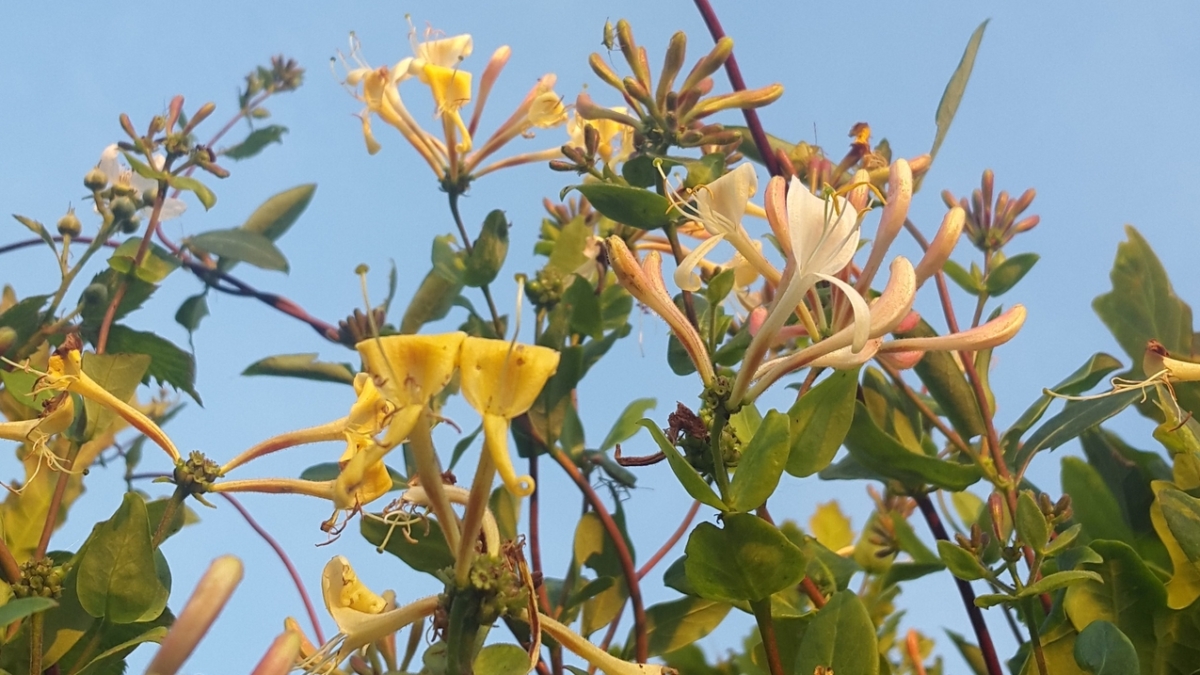
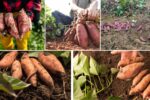
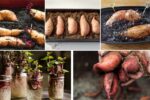
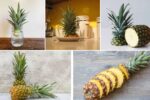
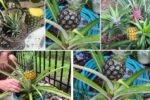
Leave A Comment